Thu 11 Dec 2014 by Philip Woodcock*
As the offshore wind industry matures and the first generation of large crewboats (such as Southboats 21m, Damen 2610
and BMT 21m) reaches three years of age, one has to ask whether boat operators and charterers are taking into account
the cost and time needed for major engine repairs and overhauls.
These larger boats have much more powerful and sophisticated engines than those that ably served the start of the
offshore wind industry. In high speed craft, weight saving is at a premium, and those that deliver the maximum power
rating per kilogram in weight are thus at a commercial advantage.
When investment decisions were made three or four years ago for larger vessels, the engine manufacturers did not truly
understand the nature of the job and found that their anticipated load profiles were not as actually experienced.
Maintenance costs of modern engines are also much higher, with dearer spare parts and fewer service companies. To
provide some perspective, the 6,000-hour service on one engine of the type powering many large vessels today costs
more than a new engine of the types used on vessels that built most windfarms in the UK.
For many large boats, 2,300 running hours a year is not unusual, and thus nearly £100 per day would need to be accrued
just to cover the cost of the 6,000-hour service. However, many of these engines do not last for their full service period,
and this service is often required at 4,500 hours.
It is now known that the load characteristics when operating in a windfarm are very different to that experienced
elsewhere in industry. Boats can spend hours a day at zero speed but experience high engine load when pushed onto
turbine boat landings.
The environmental conditions when pushed on also have an impact, with wave sets flowing through the boat altering the
engine loads, which is something that is difficult to model in a laboratory.
Propeller-driven vessels suffer the most from these dynamic variations, with fixed pitch being particularly vulnerable as
they have no way of rapidly compensating for them. It is said that boats operating with jets are less affected than
propeller-driven vessels as it is very hard to overload a pump. However, operators of large jet-drive vessels will tell you
that they are seeing higher than anticipated engine wear and are being required to perform servicing well in advance of
manufacturers’ recommended schedules.
The consequences of getting it wrong can, in the worst instance, be a catastrophic engine failure resulting in an engine
replacement. Costs of even a remanufactured engine can be £70,000–100,000, not including the in/out charges, off-hire
costs and the cost of a surveyor being in attendance.
“How can one avoid this?” I am sure is a question asked by readers, owners and charterers alike. There is no clear answer,
but some measures include routine oil sampling, reducing maintenance schedules below that recommended by the
manufacturer and, in the extreme, having a spare engine in the warehouse ready to fit at a moment’s notice.
The questions to be asked are: Are the costs, both financial and time, associated with these mitigation steps considered
and accepted by all parties? Do operators budget for these costs and consider it in their day rates? Do charterers anticipate
that operators have these costs in hand and anticipate the time that these boats will be unavailable for service when they
tender for contracts?
Some tenders in recent years have asked detailed questions about planned maintenance and have even awarded bonus
points in the tender process for having redundant equipment, which is commendable, but all contain a caveat in
contractual clauses that the operator ensures that no major dockings are planned during the contractual period.
This, in my opinion, misses the point. Charterers should be asking for detailed planning of routine major maintenance and
ask in the financial breakdown if the money allocated in the day rate will cover these costs.
The costs are freely available from the engine manufacturer and should be considered outside of the charter day rate but
with a bonus given to the operator who can demonstrate that this risk is understood and well managed. Any charterer who
does not anticipate that a crew transfer vessel will be taken out of service at least twice per year for maintenance and hull
cleaning is not only deluding themselves but also placing pressure on an operator to push equipment in an effort to win
work. If that pressure results in a major mechanical failure, it places a huge burden both on the project and the operator
whose unplanned costs and threat of losing a contract could result in them going out of business. This does not allow for a
sustainable supply chain. OWJ
*Philip Woodcock is operations manager/QHSE/marine manager at Workships Contractors in The Netherlands



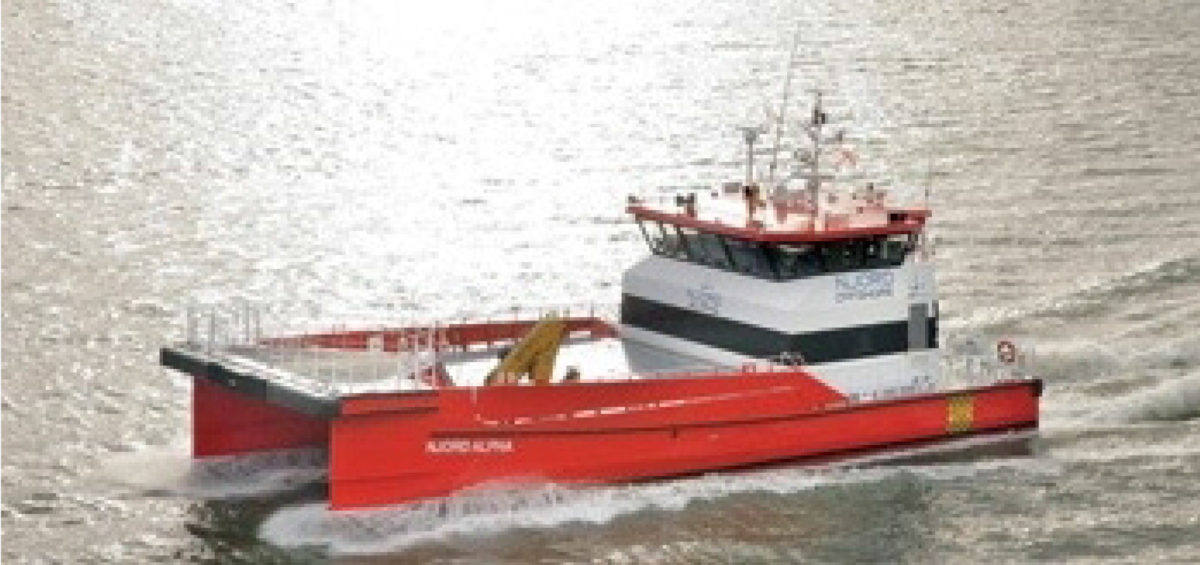
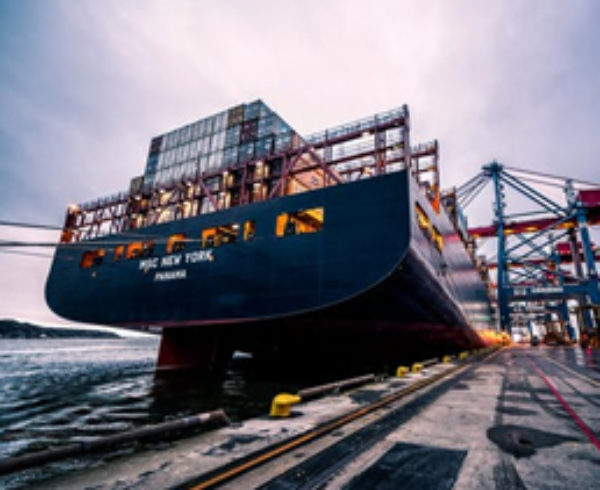
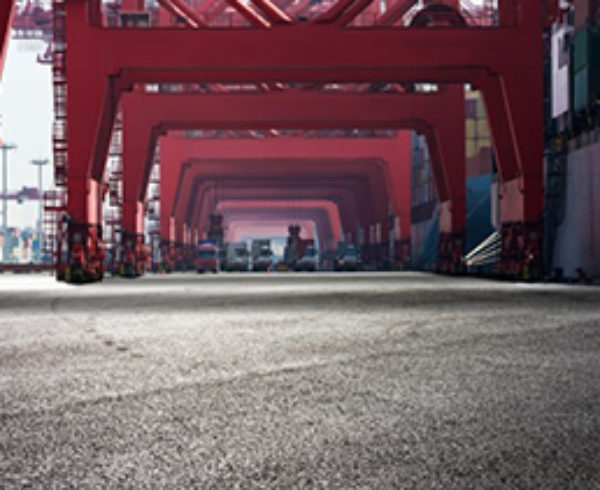

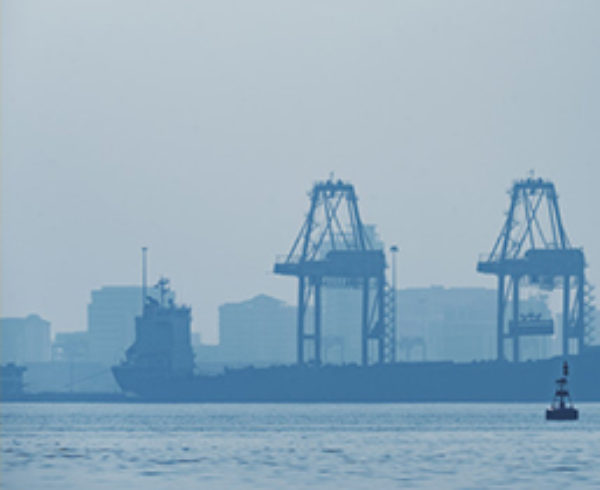

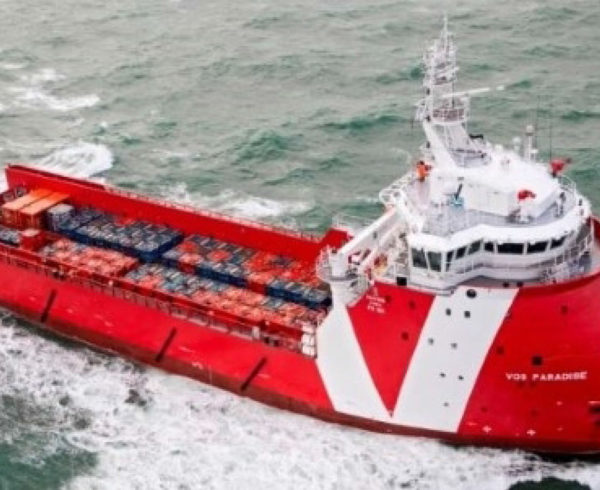
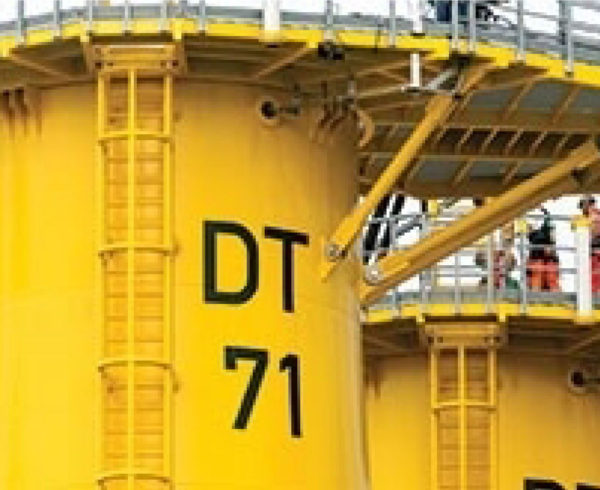


Leave a Comment